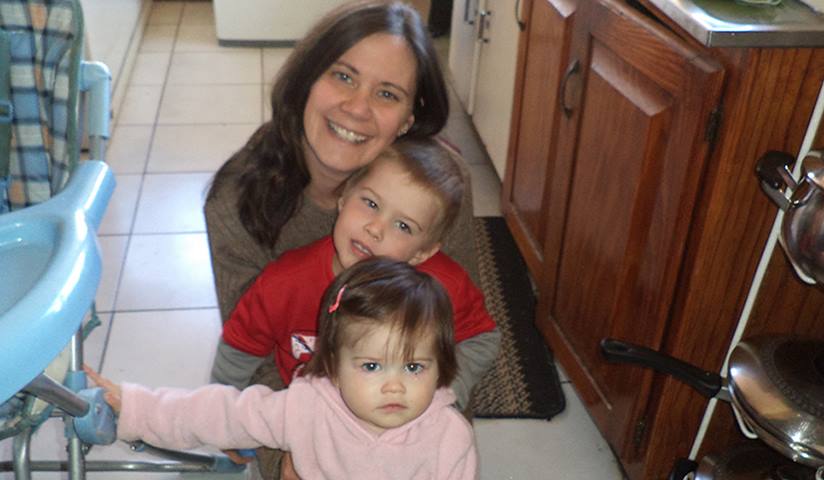Archive Monthly Archives: February 2017

Rainy day…
What a wonderful rainy day outside. This morning we woke up at 5:45 in the morning to get ready for the day ahead. It took us by surprise when it was still dark outside, considering it is still summer… but we soon realised that it was very cloudy. Although, cloudy is not really the word…
If you look up at the sky, you can only see a grey cover. There is NO blue sky to be seen, not even a little piece as small as a toothpick :). It does not happen that often. In the beginning of summer it was so dry we had water restrictions and the Vaal Dam was under 25% full (which meant water would run out in 7 days), but it did start raining a little bit at a time and this morning we were very blessed.
This is called pancake weather. Soft drizzling on the roof, no thunder, no lightning, just cloud cover, rain and darkness… All of you South Africans out there, no matter where you are, will know that this means PANCAKES!!!. Nothing nicer than baking pancakes and sprinkling cinnamon sugar on top. You need at least about 5 pancakes each (for me it is more like 10!!!)
We would eat the pancakes faster than my mother would be able to bake them when we were little. She would bake and bake and if there were 2 left for her she was surprised. She ate as she baked and at least had some of them 🙂
Why not bake and send us photos or tell us about your day 🙂
Check out our pancake recipe in English.
If you would like to view the recipe in Afrikaans, have a read at this link..

Flour vs self raising flour
When you read a recipe and see self raising flour, you can think to yourself…. But I don’t have any in my cupboard, what do I do now? It is actually an easy question to answer.
Self raising flour is nothing more than regular flour with a baking agent added already. If you live in America, the self raising flour also contains salt. So if you follow a recipe when baking in America, remember to leave the salt specified in the recipe out if you are substituting flour for self raising flour.
Self raising flour has a specific ration of flour to baking powder. There is about 1 ½ teaspoon of baking powder for every cup (150gm) of plain flour. Many recipes require a different proportion of baking powder to flour in order to achieve the desired leavening. You may need 3 teaspoons of baking powder to 1 cup of flour in order for the recipe to rise as much as required….
For me personally it is better to use plain flour and then just add however much baking powder the recipe requires. The other reason why I prefer the plain flour and baking powder separately is because the baking powder added to the self raising flour does expire and the shelf life is short. For me it makes more sense to keep the flour and baking powder separate and use as you need.
This is just my opinion. Maybe you prefer baking with self raising flour and there is nothing wrong with it Just remember if a recipe calls for self raising flour and you do not have any in the kitchen, just add 1 ½ teaspoons of baking powder per 1 cup of flour and off you go …
Let us know your thoughts.
